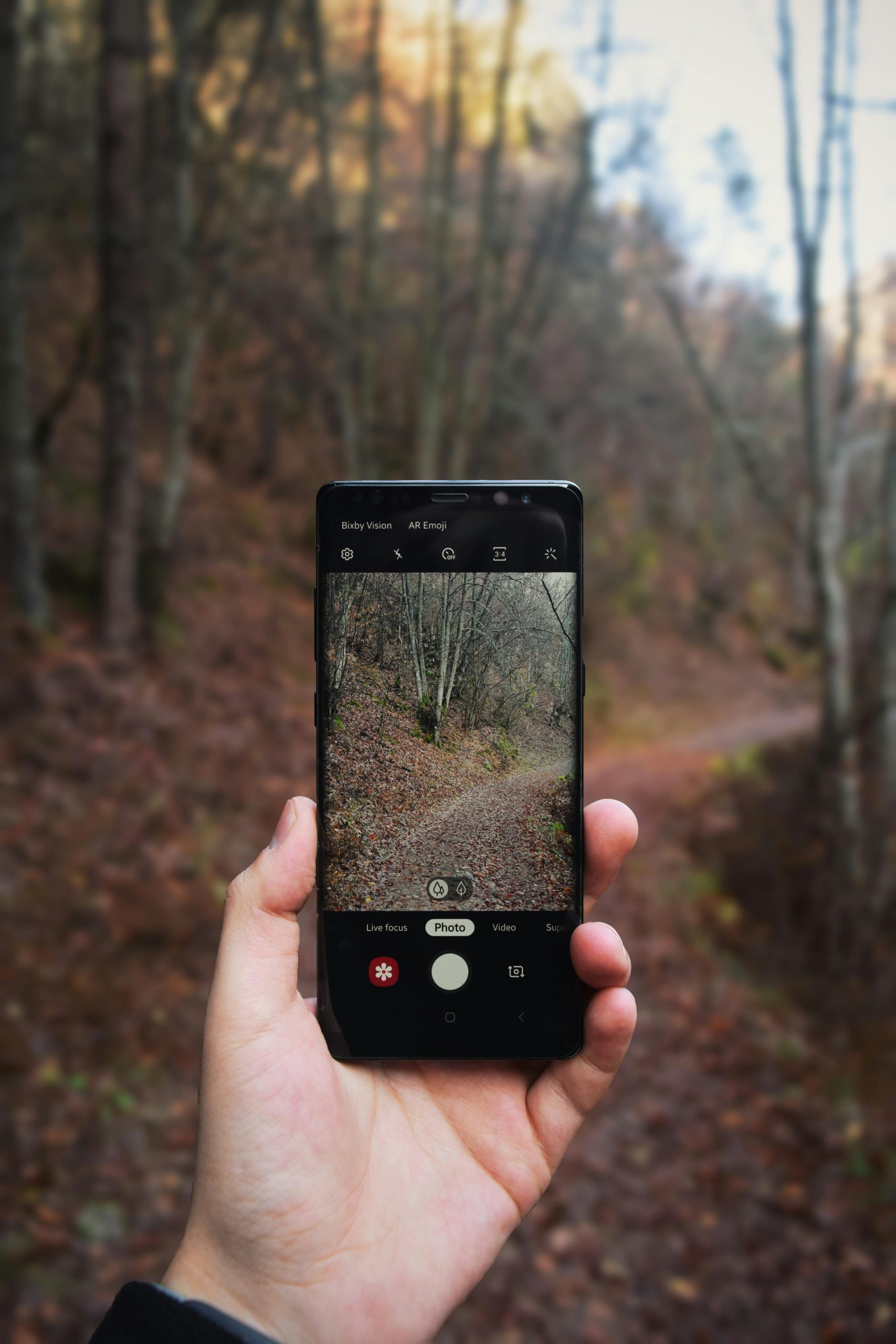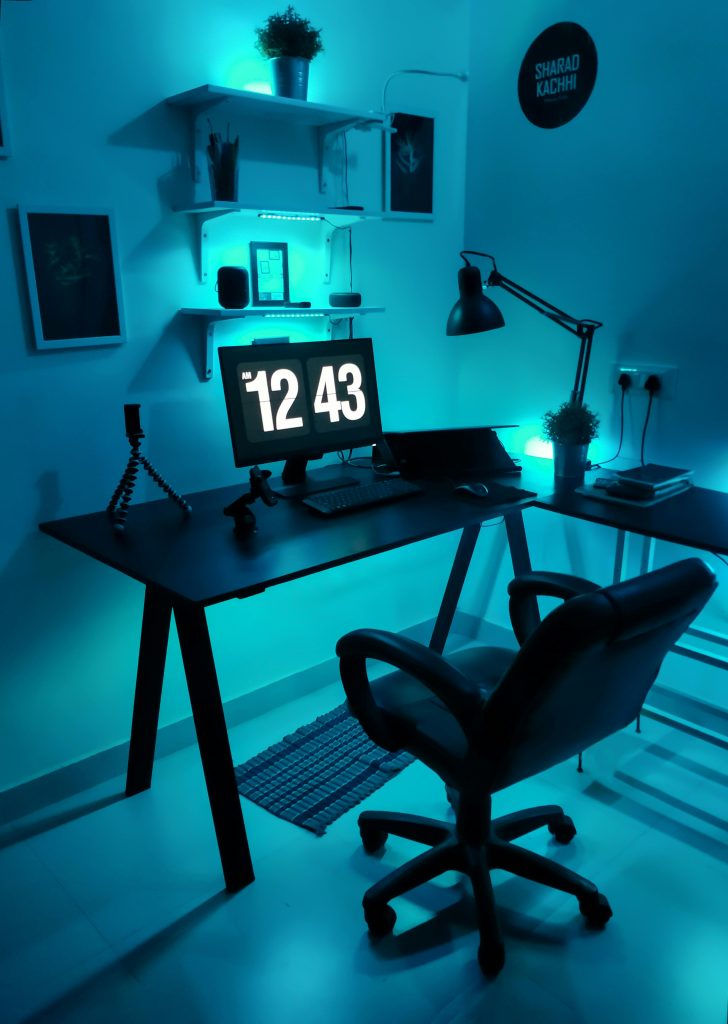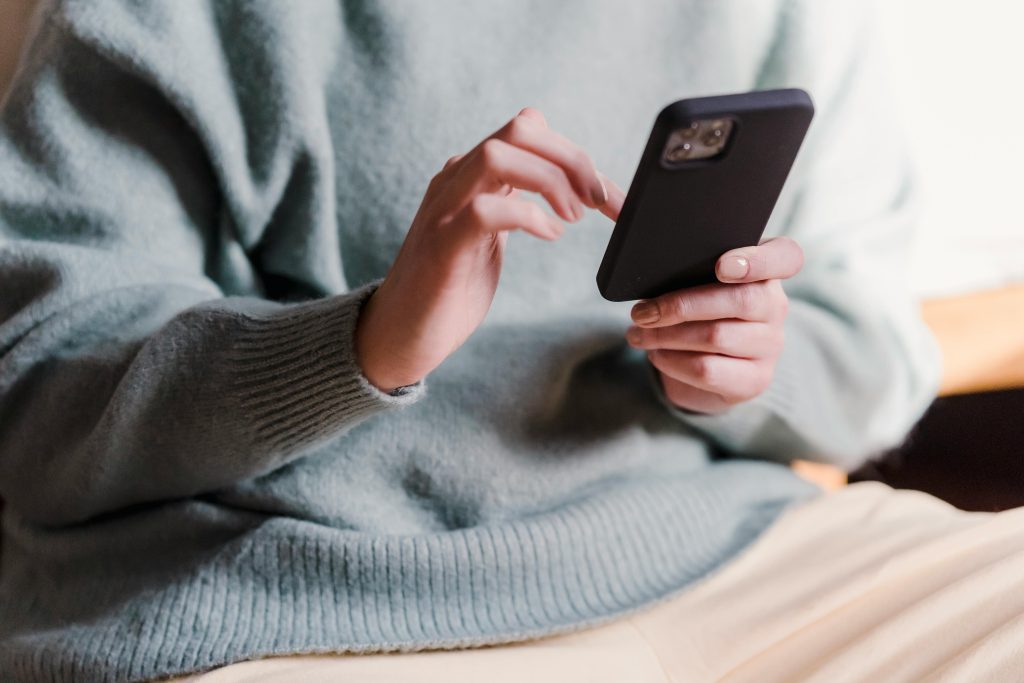Title: Troubleshooting Touch Screen Stability Issues on Samsung Galaxy Note 20 Ultra (Model SM-N985F)
Introduction
The Samsung Galaxy Note 20 Ultra is renowned for its powerful features and large, vibrant display, making it a popular choice among professionals and tech enthusiasts alike. However, users sometimes encounter touch screen responsiveness or stability issues that can hinder optimal device usage. In this article, we will explore common touch screen problems related to holding the device and provide practical steps to diagnose and address these concerns.
Understanding the Issue
Some users have reported a peculiar phenomenon when holding their Galaxy Note 20 Ultra, particularly at the bottom part of the device’s display. Specifically, the screen appears to shake or wobble when grasped with fingers, despite being stable during usage with the S-Pen. This issue seems localized to the bottom region of the screen and is not influenced by the type of touch input.
Potential Causes
Several factors could contribute to this problem:
-
Hardware Flex or Loose Components: Over time, the device’s internal assembly or screen adhesive may loosen, leading to slight movement or instability when holding the device.
-
Screen or Frame Damage: Physical impacts or drops can cause microfractures or deformation, affecting the display’s structural integrity.
-
Software Glitches: Although less common, software anomalies may influence touch responsiveness or registration in specific areas.
-
Manufacturing Defects: Rarely, manufacturing inconsistencies may result in uneven assembly or adhesive application.
Troubleshooting Steps
To effectively address the issue, consider the following steps:
-
Inspect for Physical Damage
Examine the device for visible signs of damage, such as cracks, dents, or looseness at the edges. If any damage is detected, professional repair or replacement might be necessary. -
Perform a Clean Boot and Test
Restart your device to ensure there are no temporary software conflicts. Test the touchscreen in various applications to identify if the shaking persists universally or only in specific scenarios. -
Use Built-in Diagnostics
Samsung devices often include diagnostic tools. Navigate to Settings > Device Care > Diagnostics or use the Samsung Members app to run a screen test and evaluate touch accuracy. -
Update or Reinstall Firmware
You mentioned attempting a TSP firmware update that failed. Firmware issues can sometimes cause touch anomalies. Ensure your device has the latest software version installed. If standard updates fail, consider using Samsung’s official
Share this content:



